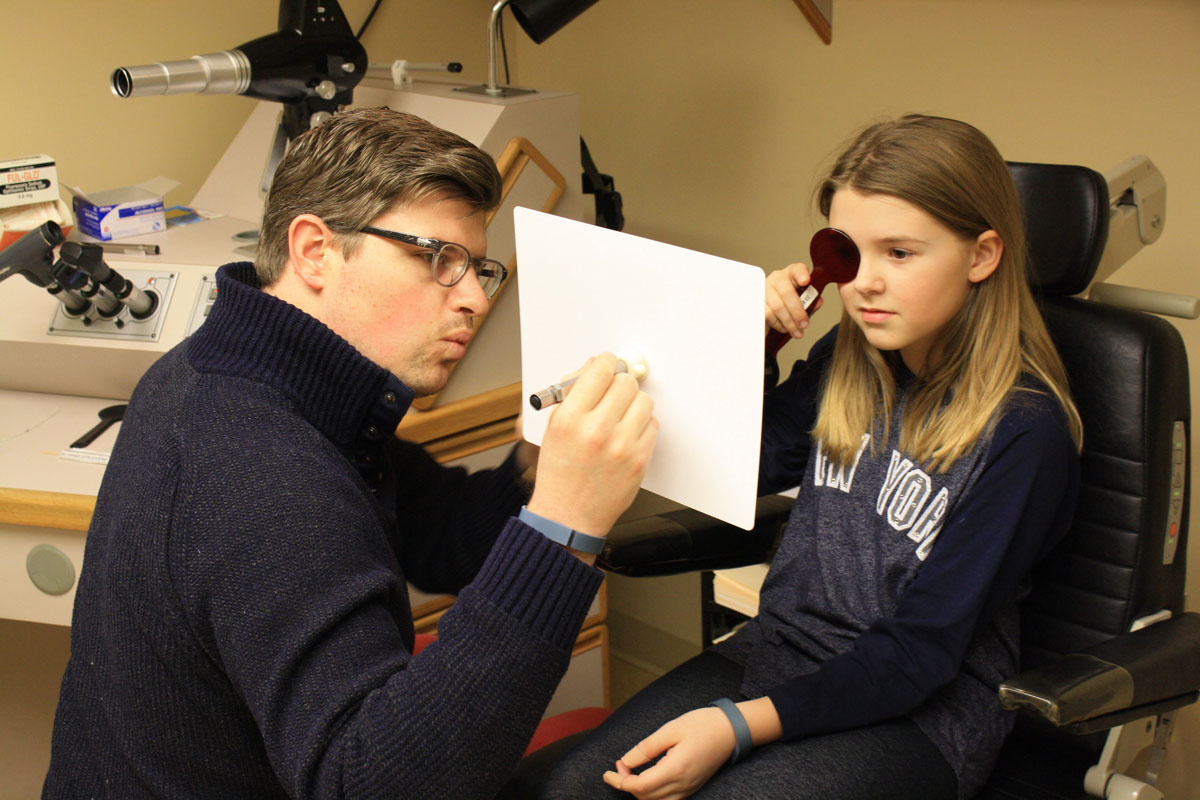| Access sessions, exhibit hall and special events through the Academy event planner. |
As myopia rapidly increases in prevalence, arming yourself with more hands-on knowledge might be one of the best things you could do for your practice. You’ll have the chance to learn the ins and outs of the condition at this morning’s session, “The Art and Science of Myopia Control,” moderated by Jeffrey J. Walline, OD, PhD, FAAO. The session takes place October 19, 9-11am Eastern Time.
The trio of Donald O. Mutti, OD, PhD, FAAO, Carly Lam, PhD, MCOptom, FAAO, and Shalu Pal, OD, FAAO, will start off by addressing the question that’s sure to be on everyone’s mind—Why myopia control? The answers are plentiful: better uncorrected vision, quality of life and candidacy for refractive surgery and a lower risk of vision loss.
Dr. Mutti will then take the stage with a comprehensive overview of the BLINK study on multifocal contact lenses for myopia control, which he helped conduct. The study followed 294 patients ranging from seven to 11 years old who had between -0.75D and -5.00D of myopia and were randomized to single vision, +1.50D add or +2.50D add. Each participant received one drop of 0.5% proparacaine or tetracaine followed by two drops of 1.0% tropicamide five minutes later and a panel of tests 25 minutes later. This process was repeated for three years.
 |
| Set your management plan in motion as soon as you identify a candidate for myopia control but be sure to adapt as a patient’s needs change over time. Click image to enlarge. |
The researchers reported no serious adverse events and no significant differences in side effects between the three groups. They concluded that children in the +2.50D group experienced significantly slower myopia progression and axial elongation (by 0.46D and 0.23mm, respectively). “BLINK provides information about myopia control that the clinician did not have before,” Dr. Mutti says.
Dr. Lam will then cover the defocus-incorporated multiple segments (DIMS) lens for myopia control, which she co-developed. The DIMS lens follows the principle of simultaneous vision, providing myopia defocus and correcting refractive error simultaneously and offering clear vision at all distances.
 |
| With the right patient education, children can successfully wear contact lenses for myopia control. Click image to enlarge. |
A two-year, double-blinded, randomized clinical trial followed 160 Chinese children between the ages of eight and 13 years old. Participants wore either DIMS lenses or single vision lenses. The DIMS lenses had no adverse effects and significantly slowed myopia progression and axial elongation, effects that were sustained in patients who wore the lenses for three years (by 0.70D and 0.36mm, respectively).
Dr. Pal will wrap up the course with a discussion on how to implement myopia control in clinical practice, emphasizing that it is the responsibility of eye care providers to improve lives, educate patients and learn more.
While specific equipment isn’t necessary at the get-go, practitioners will eventually need to invest in a topographer and axial length measurement tool. Patient selection is simple, as practices with young patients already have myopia control candidates. Dr. Pal will present qualifying criteria, including age, genetics, ethnicity and prescription. As these patients are on the younger side, she’ll go over how to communicate with parents when it comes to the basics, risks, benefits, treatments, fees and follow-ups and what resources to provide them with.
Dr. Pal will also offer a few tips for those just getting started with myopia control: involve the kids, adapt your plan to your patient’s needs, educate staff members and market your services. While providing myopia control services may seem like a daunting task at first, she emphasizes that practice and experience make all the difference. “Go slow, and do it at your own pace,” she says.
“The importance of myopia control has increased dramatically over the past few years due to the increasing prevalence of myopia and the rapidly evolving evidence available to optometrists today,” says Dr. Walline.
